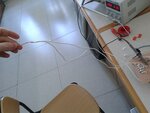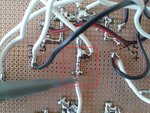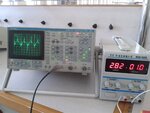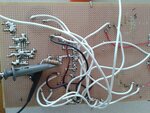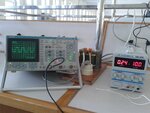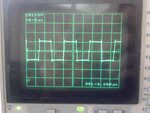fedaye
Member level 2
i could not understand what do you want
second video shows voltage waveform of the load (between its ends)
load is a rheostat in this situation. for 3A its resistance value must be adjusted to very low values.
there is another point:
when resistance value is extremely low then if i increase the resistance firstly the current is increasing a little then after a special point it is starting to decrease also with increasing resistance. maybe it is about the rheostat.
voltage between load ends is decreasing with increasing current. this is unable to understand
second video shows voltage waveform of the load (between its ends)
load is a rheostat in this situation. for 3A its resistance value must be adjusted to very low values.
there is another point:
when resistance value is extremely low then if i increase the resistance firstly the current is increasing a little then after a special point it is starting to decrease also with increasing resistance. maybe it is about the rheostat.
voltage between load ends is decreasing with increasing current. this is unable to understand
Last edited:
